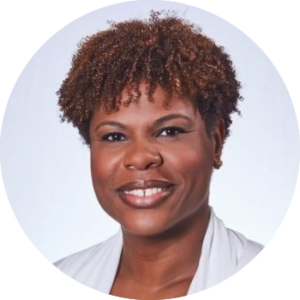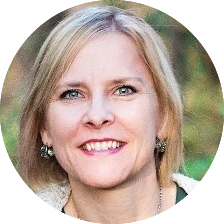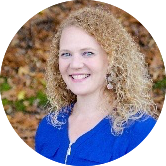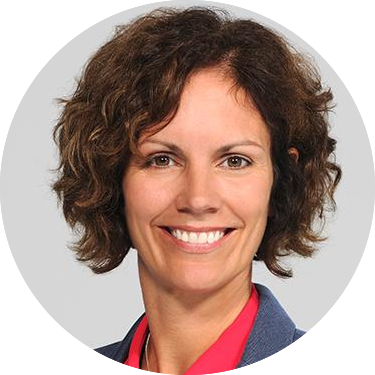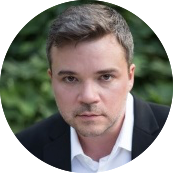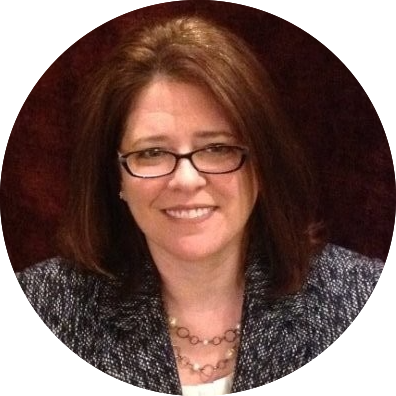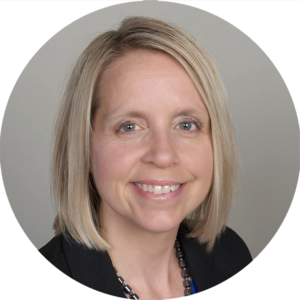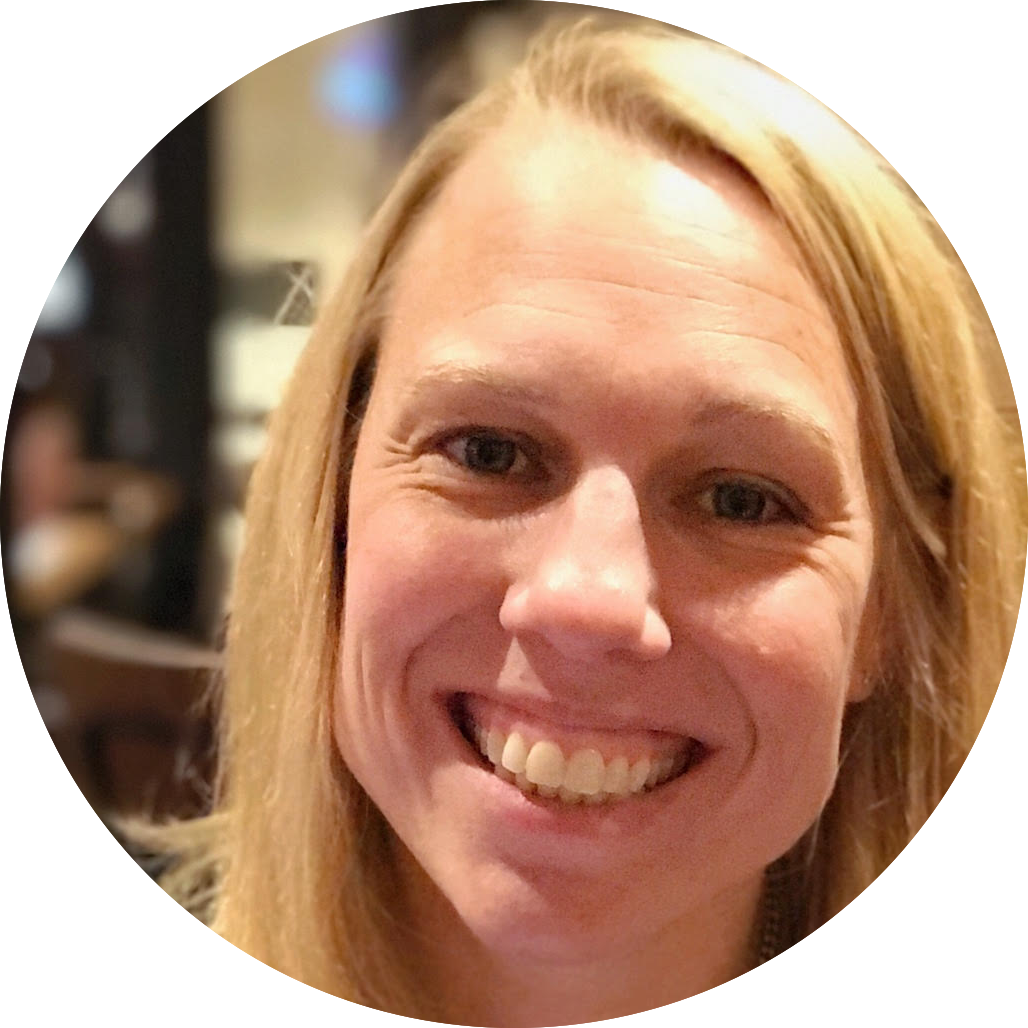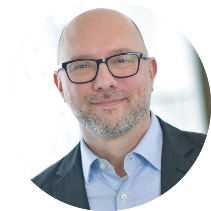Metrics That Matter in the Boardroom – Measuring More Than ProgressDevin Anderson – Cprime
Do you still struggle to provide metrics that matter? Are you stuck in a loop reinventing how to measure development process and progress? Are you struggling to articulate the value of your product initiatives and therefore can’t get funding? As we transition from a project to a product mindset, our metrics must evolve as well. Knowing what to measure and having access to the data is a real struggle. Explore how to measure the value of what you deliver through business metrics. Learn how user adoption, product churn, revenue, and cost savings are impacted by the agile process. You’ll leave with real life strategies for using your data super powers for the good of your product. |
How Slack builds SlackMike Brevoort – Slack
Hear first hand how Slack scales agile product development through a balance of autonomy, collaboration and convention. Slack was built on Slack, as a company whose product grew out of the necessity of a game studio’s collaboration needs into the fastest growing enterprise software company of all time. In this talk, I’ll share real stories of how we work together to learn, measure and adapt to build experiences customers trust and love. |
||
Is your Organizational culture messing with your Agile success?Jackie Chambers DeFreitas – Independent
Is your Agile Transformation blindsided by your company’s ingrained cultural norms? Are your Agile journeys gains thwarted by behavioral impediments that rear their ugly head during tough times? “Culture eats Strategy for Breakfast, Lunch, and Dinner” is the famous quote from Peter Drucker that resonates with all of us involved in Agile Transformations. Although Technology, Leadership, Organizational Design, and People are all drivers of transforming an organization. Culture is the most significant element in sustaining Agile change. Not only do we need to build the right environment for delivery teams to succeed. We need to create the Organizational culture that is the enabler to strategy and business performance. Without this focus on culture, companies enter into Agile Transformation fatigue, where the initial quick wins of Agile are a distant memory. And ‘going Agile’ is now blamed for low business performance. |
When it comes to LPM, is your team all hat and no cattle?Steve Elliott – Atlassian
Most of your teams probably deliver work using Scrum / Kanban practices, backed up with strong technical processes and a solid DevOps infrastructure for rapid delivery. However, most large organizations using this or similar methodologies still report that they are unable to get timely, quantitative feedback on the investment decisions they make, in pursuit of their desired outcomes. |
||
OKRs in the Real WorldNeil Fasen – Best Buy
The OKR (Objectives and Key Results) model provides a framework through which product teams and individuals can have clearer focus on measurable outcomes. While many would agree that outcomes are ultimately more valuable than output, putting that concept into practice is easier said than done. There are many books and blogs that advocate for the “right way” to leverage OKRs, but many of those recommendations are inconsistent with one another, some are even contradictory. So what’s worked well? What’s not been successful? Let’s sift through the noise and discuss practices that get us closer to our true intent – priorities focused on outcomes that deliver impactful results for our guests and our business. During this session, Neil Fasen will share what he’s observed and learned over the past 4-5 years of driving the adoption of OKRs and operationalizing an OKR framework. Sometimes the dogma isn’t as helpful as the practice. |
Why worry about putting on the oxygen mask first when you can fly the f@#%^ plane?Michaele Gardner, Brian Hackerson
Who takes care of the change agent? Join transformation leads Brian Hackerson and Michaele Gardner to learn about how applying the 12 Agile Best Self Principles has changed their lives. Get hands-on experience focusing inward on something you can control – your needs, not the needs of a team. These principles will help you go from beyond burnout and on to awesome! Learning Outcomes: 1) Practice applying the Agile Best Self principles to help you prioritize your best self journey. 2) Practice a framework you can bring back to your family, friends and team. 3) Get access to a private LinkedIn community dedicated to “No BS, just best self.” |
||
Stealth Agility – Using the Culture you haveSarah Klarich – USAA
Coaches often go into an organization the with new vocabulary talking about Agile. New processes, new roles, changes to responsibilities, and the need to change the culture of the organization generate resistance. This is the story of a company that started that way and then began to find ways to use the existing culture, showing how agility was already in the foundation of the organization and how building on that could achieve the desired results. |
On “The Importance of Being Agile”Christi Krautbauer, Molly Stiehm – Thomson Reuters
Today, more than ever, organizations recognize the importance of being agile. In fact, 75% of business leaders identify organizational agility as being in their top three priorities. Yet only 4% of companies have fully implemented an agile transformation. So how do we close that gap? The answer lies in understanding how to bring agility to non-technical teams. Scrum, SAFe, Kanban … all of these methodologies are fit for specific purposes. In this session, we’ll talk about how to avoid getting stuck in the trap of “which agile methodology should I pick?” and instead develop best practices to empower your teams to be agile. |
||
Sensible Metrics for Teams and DojosDavid Laribee
Over the last five years, we’ve tackled the problem of measurement in the numerous Dojo programs we’ve helped design, launch, and operate. Discovering useful metrics and actually getting value from interpretation is, as it turns out, not exactly easy. In this session, I’ll take you through our current approach to and guidance around measuring immersive learning Dojos. We’ll look at identifying and using metrics for (1) product development teams in general, (2) team- and context-specific scenarios, and (3) managing Dojos and other complex initiatives at scale. |
Facilitating Agility: Obligations of Organizational LeadersMichael Levine – US Bank
Neither the Manifesto nor the most popular elements of scrum address the role of organizational leadership. The agile principles usefully emphasize individuals and teams (“give them the environment and support they need, and trust them to get the job done,” “the best architectures, requirements, and designs emerge from self-organizing teams”). Scrum methods generally advocate light governance and team empowerment. But what is the role of organizational leaders and managers? Just hire great people, build nice space, provide a budget for tools and such, and leave them alone to self-organize and deliver great stuff? Michael has been a senior executive implementing agile ideas since before agile was invented. He will offer some great practical ideas that will be thought-provoking and useful whether you are an organizational executive or just have to help them support you more effectively. |
||
Agile and Next Generation SoftwareKelly Looney – AWS
We are entering an era of enormously complex distributed systems developed by small agile teams across many organizations. Most of our energy up until now has been just creating these systems, and alas, simply running Kubernetes (cool as it may be!) is unlikely to solve all our problems. The next challenge is the Ops part of DevOps; the living with these complex systems, understanding them, and continually making them better. It takes an agile and learning organization and we have some examples to talk about at Amazon and with our customers that we would like to share. |
Agile Value: Systems Thinking and Balancing Autonomy at ScaleLaura O’Brien – Travelers Insurance
Has the focus on product thinking and team autonomy caused us to lose sight of the bigger picture? As agilists, our primary focus is on delivering business value. The complicating factor is that value is viewed differently across and within organizations. These differences often lead to friction between agile teams and the broader enterprise. As we continue to adopt agile at scale, striking the right balance between consistency and autonomy becomes paramount to success. How we think about and understand these decisions will play a critical role on delivering agile value |
||
Too Many MetricsMary Poppendieck – Poppendieck, LLC
Does agile measure up? It depends – measure up to what? Are customers happier? Are workers more engaged? Is there enough revenue to fund the future? Are you even measuring these things? |
The Value of DevSecOps and its Organizational Impact. A CSO’s perspectiveMilinda Rambel Stone – Provation Medical
What is the reputation of your organization’s security program? Do you find yourself avoiding or going around the security department? Is it a team of rules and roadblocks? |
||
Conquering BurnoutLynn Winter – ManageDigital
Burnout is spreading throughout our industry. In fact, the World Health Organization recently elevated awareness of this condition. It’s time for us to acknowledge how this is impacting our lives and challenge ourselves to find a healthy work/life balance. If we don’t, how can we expect to make the impact we desire in our work and with our teams let alone enjoy doing it? Together we will explore what burnout looks like and where this pressure might be coming from. We will walk through a process you can take in order to implement a change whether it is great or small. Along the way, I will share my personal struggle with burnout and what I have done to improve my situation. |
The Schmidt List Podcast LIVE: Leading by Example for a Purpose-Driven CultureKurt Schmidt – Foundry
Organizational transformation often requires fundamental changes in culture and leadership style. Today, for a company to thrive culturally and empower its employees to be emotionally committed to this change, agile leaders must work to build a shared understanding of the company’s purpose in the world and the purpose of individuals as part of this. Join us for a dynamic live podcast featuring inspirational leaders and led by Kurt Schmidt, host of the Schmidt List Podcast. |


